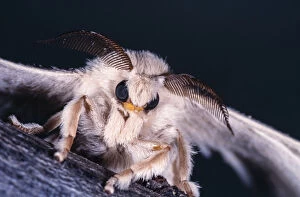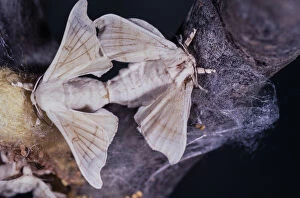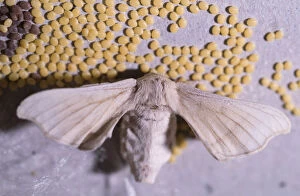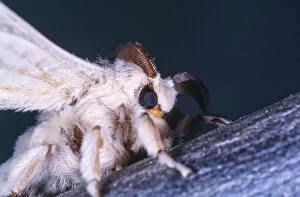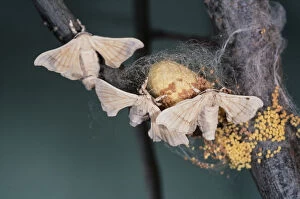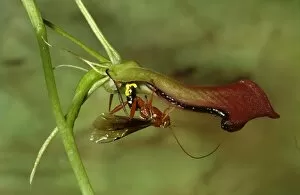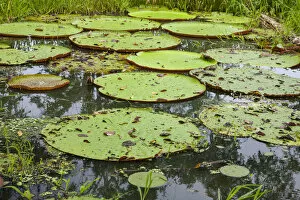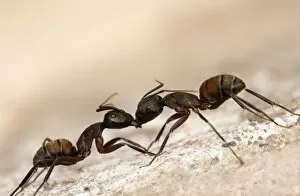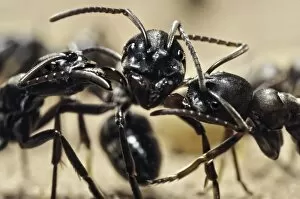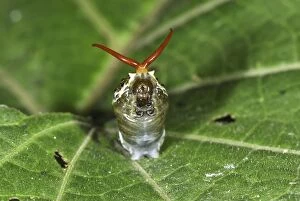Pheromones Collection
Pheromones: The Invisible Language of Nature In the vast realm of nature, a secret language exists, one that is spoken not through words but through scents
For sale as Licensed Images
Choose your image, Select your licence and Download the media
Pheromones: The Invisible Language of Nature In the vast realm of nature, a secret language exists, one that is spoken not through words but through scents. Pheromones, these elusive chemical messengers, weave intricate tales and orchestrate unseen symphonies in the animal kingdom. Picture No. 12479403 reveals an enchanting scene where an Atlas Moth gracefully flutters its wings. But it's not just their beauty that captivates us; it's their feathery antennae, delicately designed to detect pheromones emitted by potential mates from miles away. Moving on to Picture No. 12479402, we find ourselves immersed in the heart of the Amazon Rainforest. Here lie giant water lilies with leaves spanning up to eight feet in diameter – a sight so majestic and rare that they can only be found within this lush paradise. These remarkable plants release pheromone-like compounds into the air, attracting pollinators like bees and butterflies who play a vital role in their reproduction. But pheromones aren't limited to romantic pursuits or floral courtships alone; they extend far beyond our human understanding. In Picture No. 10751569, we witness a male cat engaging in his own olfactory exploration as he sniffs out odors left behind by other feline friends – marking territories and communicating without uttering a single meow. Meanwhile, Carpenter ants engage in fierce battles depicted vividly in Picture No. 10866344 as they wage war over resources and dominance within their colonies. These tiny warriors employ pheromones as battle cries - signaling alarm or rallying troops for defense against invaders. Even queenless ants (Picture No. 5721) have mastered the art of communication using pheromonal cues despite lacking royal guidance at their helm. They navigate complex social structures relying solely on these invisible signals to maintain order within their ranks.

